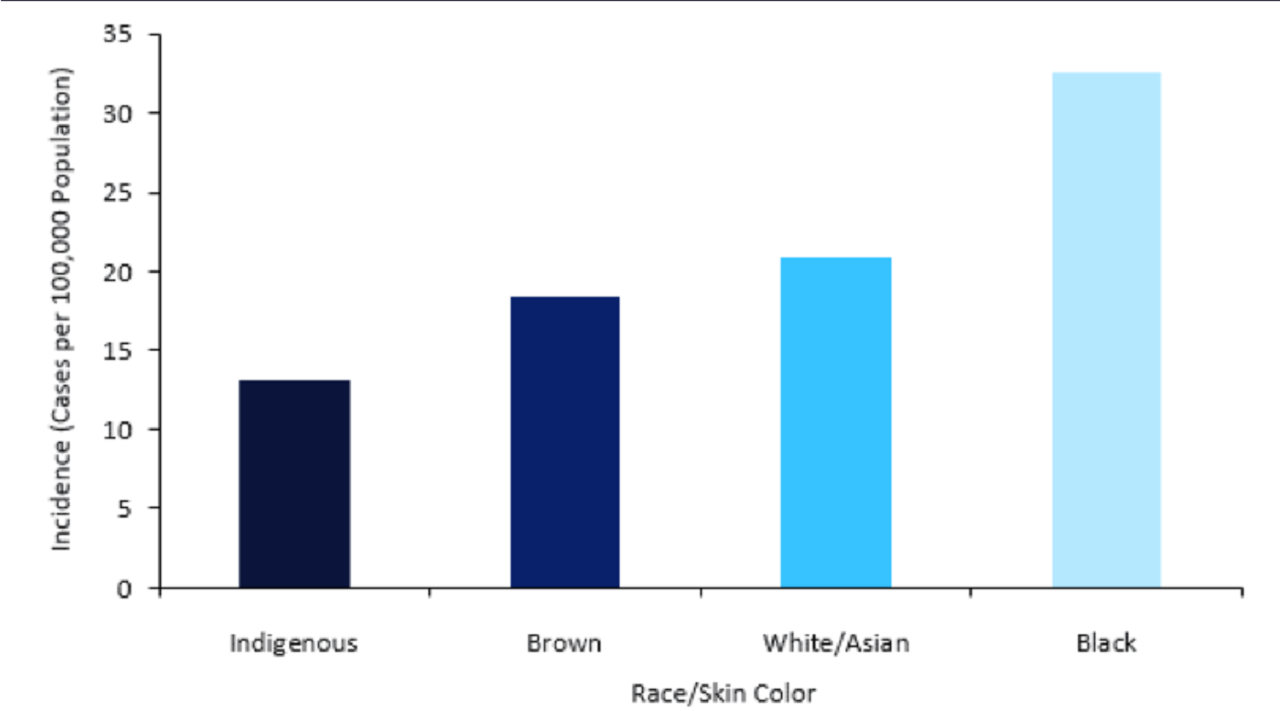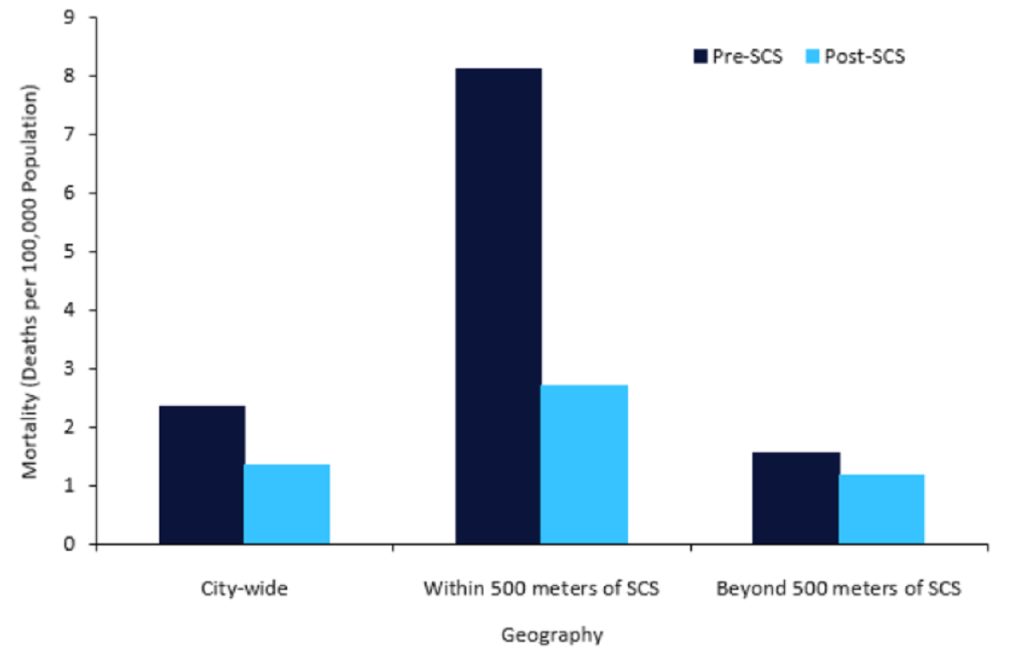
In its decades-long efforts to reduce the disease burden of acquired immunodeficiency syndrome (AIDS), Brazil has made great strides.
A string of policies offering free antiretroviral therapy and human immunodeficiency virus (HIV) testing services have removed barriers to the disease’s detection and management.
However, Brazil continues to lead Central America in both new HIV infections and prevalent cases of AIDS.
In July 2023, an article by Iracema Lua and colleagues published in the Lancet Regional Health – Americas journal suggested that both race and education level had a significant influence on AIDS incidence and fatality rates.
GlobalData epidemiological forecasting underscores the need for further exploration of Brazil’s AIDS epidemic, forecasting that incident cases will remain relatively stable, slightly increasing from 50,000 cases in 2023 to more than 50,300 cases by 2029.
See Also:
Identifying those most at risk of developing and dying from AIDS will play a vital role in diminishing its spread while improving patient outcomes.
How well do you really know your competitors?
Access the most comprehensive Company Profiles on the market, powered by GlobalData. Save hours of research. Gain competitive edge.

Thank you!
Your download email will arrive shortly
Not ready to buy yet? Download a free sample
We are confident about the unique quality of our Company Profiles. However, we want you to make the most beneficial decision for your business, so we offer a free sample that you can download by submitting the below form
By GlobalDataLua and colleagues analysed data from both the Unified Registry of Brazilians and the 100 Million Brazilians Cohort, two large registry databases providing medical and sociodemographic insights into over half of the nation’s population.
Dataset analysis identified a population of 27,919 AIDS patients over the age of 13 years between 2007 and 2015.
When segmented by sociodemographic variables, race, income, educational attainment, and housing were all associated with disparities in AIDS incidence and mortality.
As seen in Figure 1, Black Brazilians experienced the highest incidence of AIDS at 32.51 cases per 100,000 population, compared to 13.05 among indigenous Brazilians.
Similarly, Black AIDS patients showed the highest case fatality rate at 7.80 deaths per 100 population while indigenous patients displayed a case fatality rate of 4.69 deaths per 100 population (Figure 2).
Lua and colleagues also noted stark differences in mortality rates between groups with different levels of educational attainment, indicating that AIDS patients who were illiterate or never attended school showed a case fatality rate of 10.18 deaths per 100 population compared to 3.94 deaths per 100 population in those who received higher education.
While race and education are also integrated in the study’s assessment of socioeconomic status (SES), wealth level and receipt of financial aid from the government’s Bolsa Familia social welfare programme did not display significant disparities.
The findings presented by Lua and colleagues suggest that while social determinants play a role in AIDS incidence and mortality, the individual components of SES do not follow a strictly income-based gradient.
Considering Brazil’s ongoing initiatives to combat AIDS and social inequality, a better understanding of the relationship between the two is crucial for effective policymaking.
Simultaneously, the lack of correlation between income, AIDS incidence, and death may validate the effectiveness of existing welfare programmes.
Despite these surprising results, a disparity remains in AIDS deaths on the basis of both race and education, both of which have been emblematic of historical inequities in Brazilian society at large.
The epidemiology of AIDS in Brazil, both from Lua and colleagues’ analysis and GlobalData forecasts, reflect a similar tension between advance and stasis, while a modest rise in cases suggests that while the government’s public health initiatives are signs of tangible progress, they have yet to fully reach members of its most disadvantaged populations.









